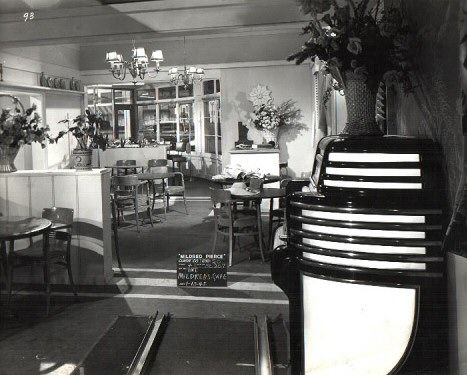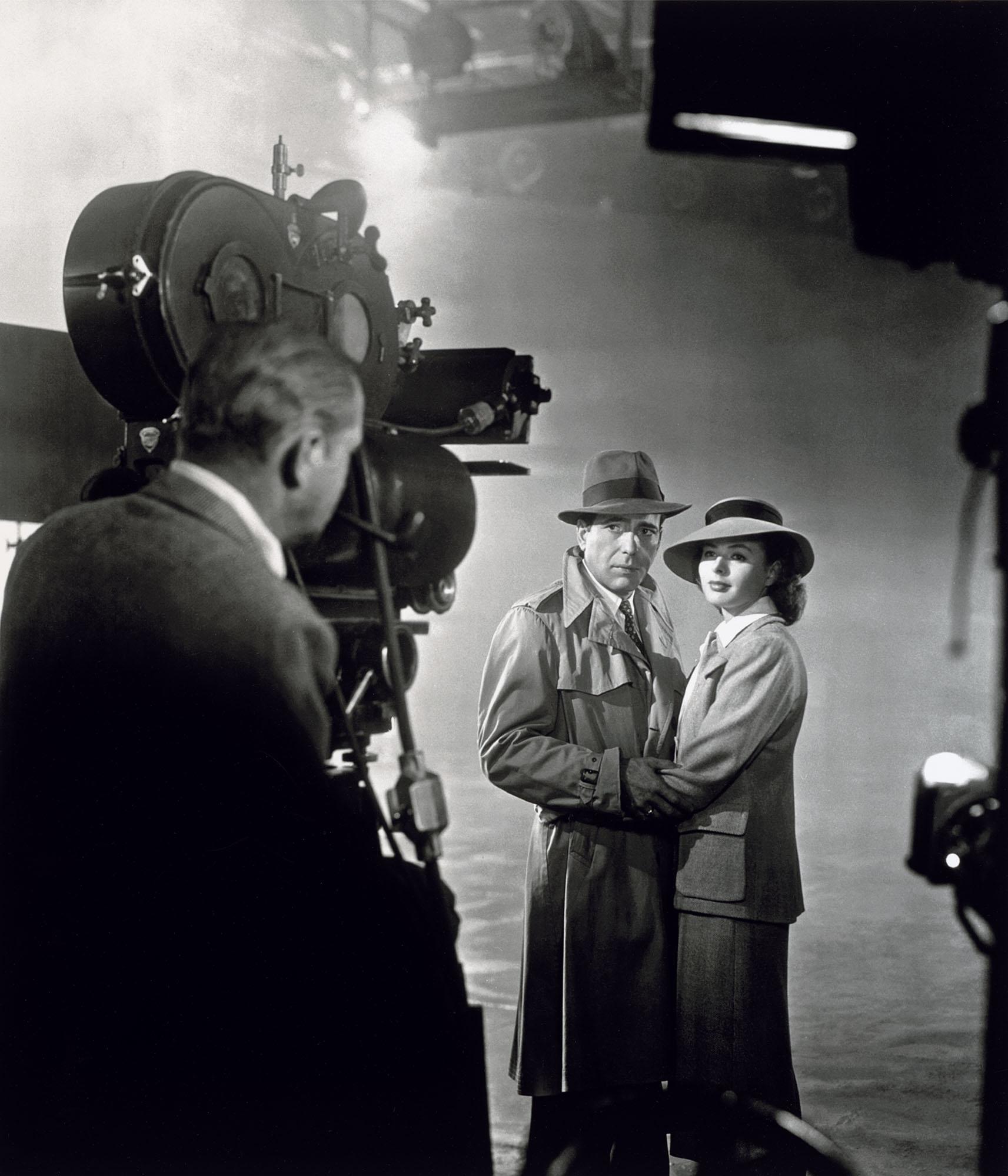By Sven Mikulec
Considered unfilmable by many, James. M. Cain’s novel ‘Mildred Pierce’ was eventually very successfully turned into a motion picture in the golden hands of the Hungarian-born filmmaker Michael Curtiz, one of the most prolific directors in the history of the cinema. Upon coming to Hollywood in 1926, he built a reputation as Warner’s tireless and highly productive director, and was the ideal choice for bringing the California-based melodrama to life. The film is, first and foremost, remembered as one of the greatest comeback stories in Hollywood history, as the lead star Joan Crawford got the part against all odds, blew the critics away, won an Oscar and, at the age of 41, reinvented herself and resuscitated her whole career, which was at a serious downfall at the beginning of the forties. But the significance of Mildred Pierce isn’t contained strictly in Crawford’s probably best career role ever, as it would be unfair not to commend the whole creative team behind this gripping noir drama set on the beautiful, but distressing suburbia whose tranquility but concealed evil and rottenness hide below the idyllic surface.
The screenplay, written by Ranald MacDougall and the uncredited Catherine Turney and William Faulkner, is one of the first in Hollywood to portray such a toxic, obsessive mother-daughter relationship, passionately portrayed by Crawford and the excellent Ann Blyth. The film was produced by Jerry Wald, with studio head Jack L. Warner serving as executive producer. Max Steiner, one of the most important film composers of the time, provided a great, dramatic score, while Ernest Haller, the director of photography, worked hard with director Curtiz to make Mildred Pierce‘s world gloomy and hopeless with expert use of German Expressionistic style. It’s curious to see that Crawford was far from the studio’s top of the wish list for the main role. She campaigned to get it, but was considered washed-up at the time and was pretty lucky that stars such as Bette Davis, Ann Sheridan and Barbara Stanwyck either failed to see the value in the screenplay or vainly evaded playing a middle-aged mother of a teenager. Crawford did not miss her chance to shine once again, in a critically acclaimed performance that greatly helped in elevating the film from a simple soap opera into a high quality drama. Mildred Pierce is among the greatest film noirs ever made.
A monumentally important screenplay. Dear every screenwriter/filmmaker, read Ranald MacDougall’s screenplay for Mildred Pierce [PDF]. (NOTE: For educational and research purposes only). The DVD/Blu-ray of the film is available from the Criterion Collection. Absolutely our highest recommendation.
 Loading...
Loading...
‘MILDRED PIERCE’ SETS
Below are test shots taken for Mildred Pierce. Courtesy of The Best of Everything: A Joan Crawford Encyclopedia.
Mildred Pierce star—beautiful Ann Blyth—lovingly reminisces about playing Veda Pierce, and working with the great Joan Crawford (who won the Oscar for her performance), Eve Arden, Jack Carson, Zachary Scott, director Michael Curtiz. Interviewed by the ‘Czar of Noir’ Eddie Muller at SF’s legendary Castro Theatre—the event, produced by SF impressario Marc Huestis in July 2006. Blyth shares tidbits of information on the classic (for example Shirley Temple tested for the role of Veda) and provides more than a touch of class in offering a glimpse into the Golden Age of Hollywood. Special surprise at the end!
Notorious for his broken english, Michael Curtiz supposedly invented the term “I know fuck all.” The story goes that while filming The Charge of the Light Brigade, he wanted some rider-less horses galloping in the background during the final charge. His instructions were to “bring on the empty horses.” David Niven and Errol Flynn, upon hearing that, started cracking up. Curtiz’ response was “You think you know fuck everything and I know fuck nothing. Well let me tell you, I know fuck all!” Niven later made this ‘curtizism’ immortal by naming his autobiography ‘Bring on the Empty Horses.’
This first-ever video biography of one of Hollywood’s greatest—but least known—filmmakers illuminates the work and life of the man who made such classics as Captain Blood, Yankee Doodle Dandy, The Adventures of Robin Hood and Casablanca. Directed by Gary Leva.
FILM NOIR: BRINGING DARKNESS TO LIGHT
Film Noir burrows into the mind; it’s disorienting, intriguing and enthralling. Noir brings us into a gritty underworld of lush morbidity, providing intimate peeks at scheming dames, mischievous misfits and flawed men—all caught in the wicked web of a twisted fate. Gary Leva’s Bringing Darkness to Light is the definitive Film Noir documentary, exploring the roots of the genre, its expressions and meanings, and its influence on world cinema. Lavishly illustrated with clips from great Noir classics, the film explores the genre through interviews with filmmakers, actors, and writers such as Christopher Nolan, Sydney Pollack, Paul Schrader, Michael Madsen, Gordon Willis, William Goldman and James Ellroy.
Here are several photos taken behind-the-scenes during production of Michael Curtiz’s Mildred Pierce. Photographed by Milton Gold © Warner Bros. Intended for editorial use only. All material for educational and noncommercial purposes only.
We’re running out of money and patience with being underfunded. If you find Cinephilia & Beyond useful and inspiring, please consider making a small donation. Your generosity preserves film knowledge for future generations. To donate, please visit our donation page, or donate directly below:
Get Cinephilia & Beyond in your inbox by signing in
[newsletter]





















